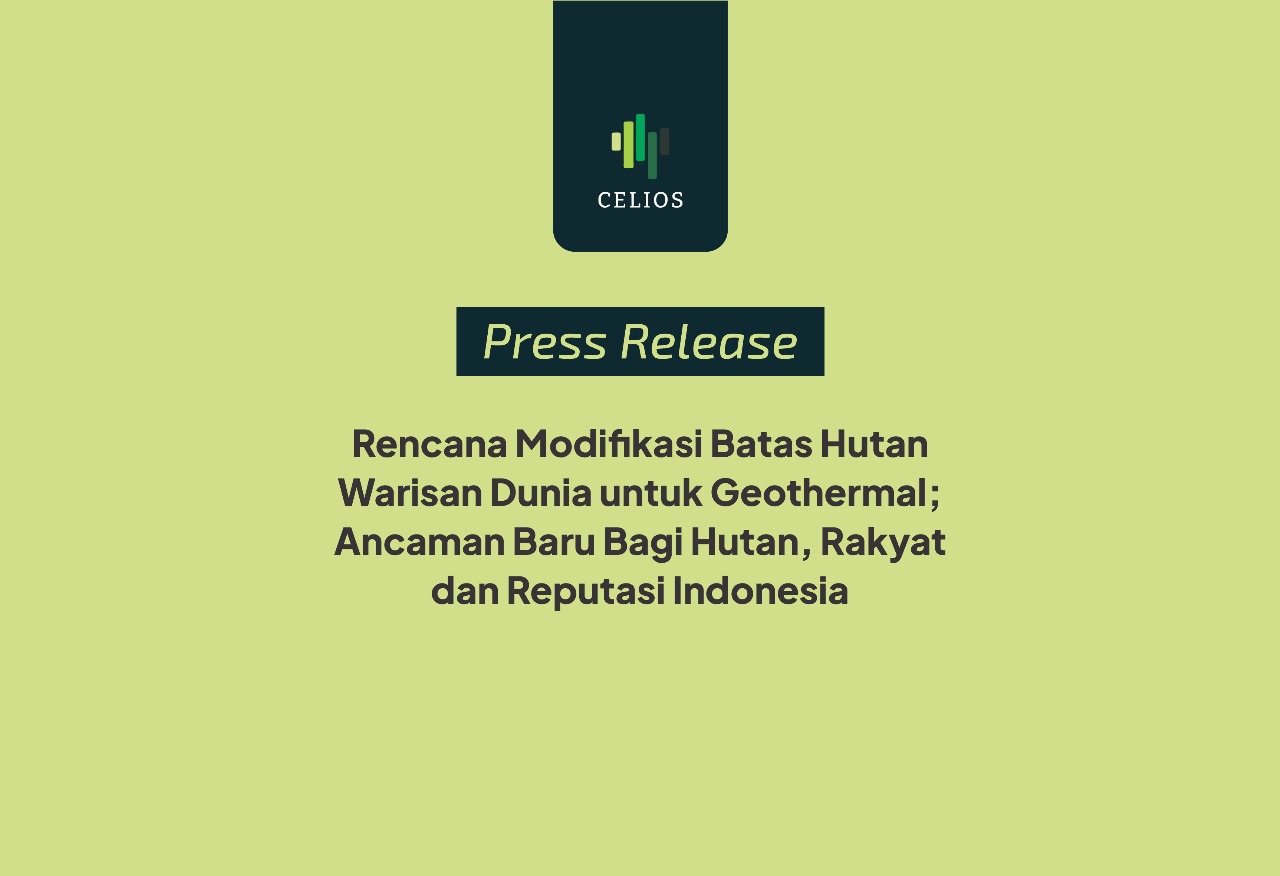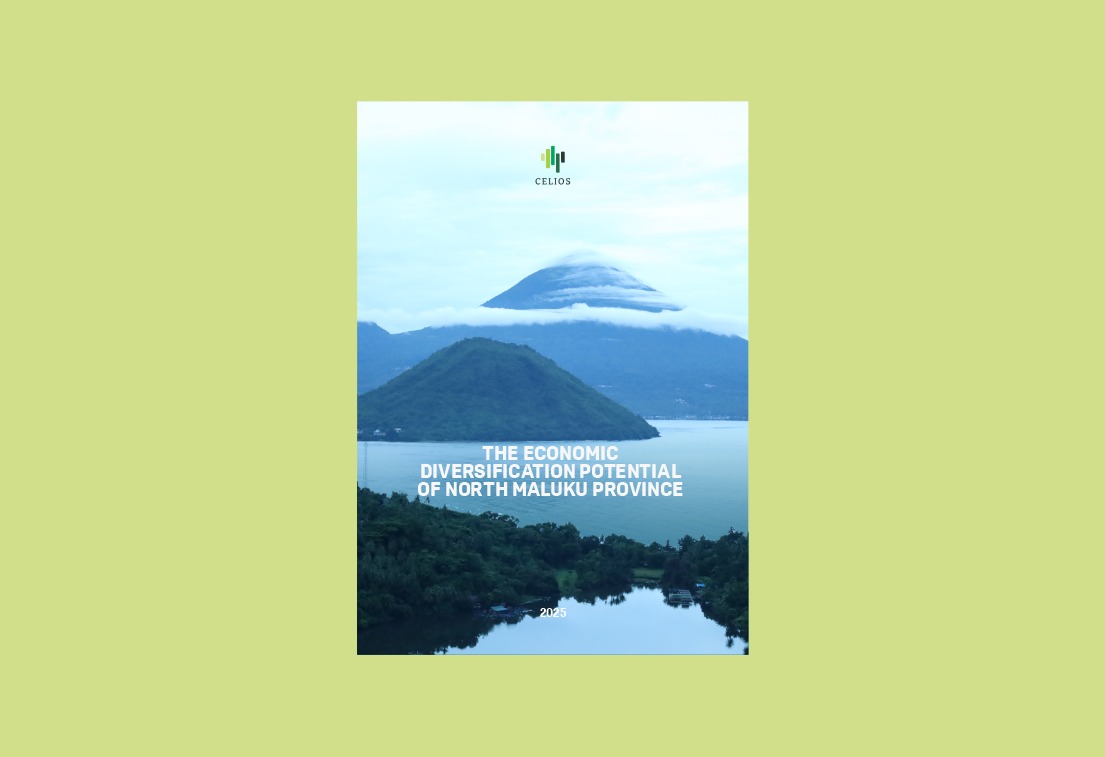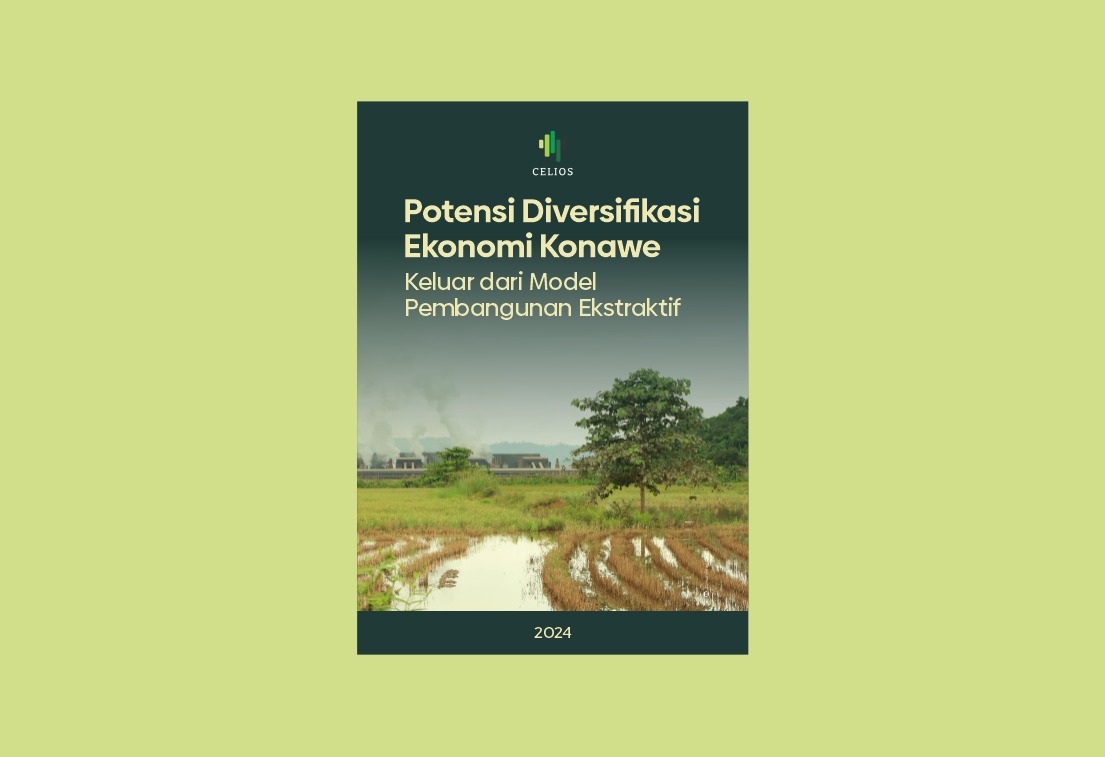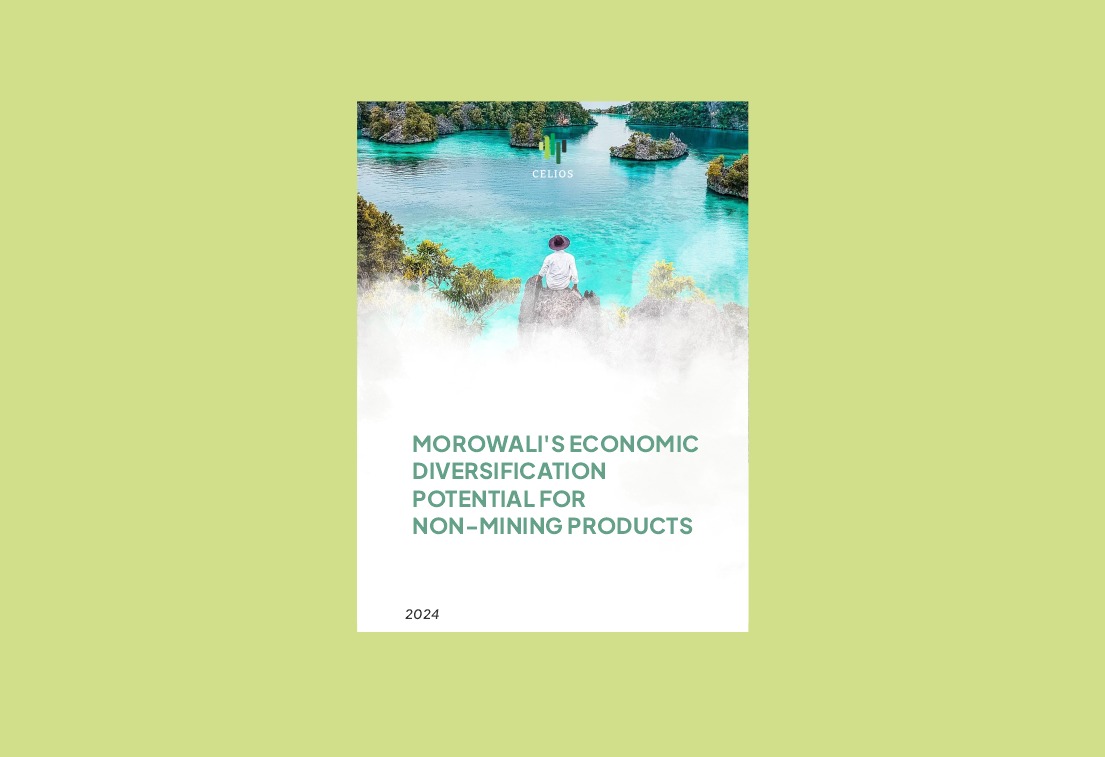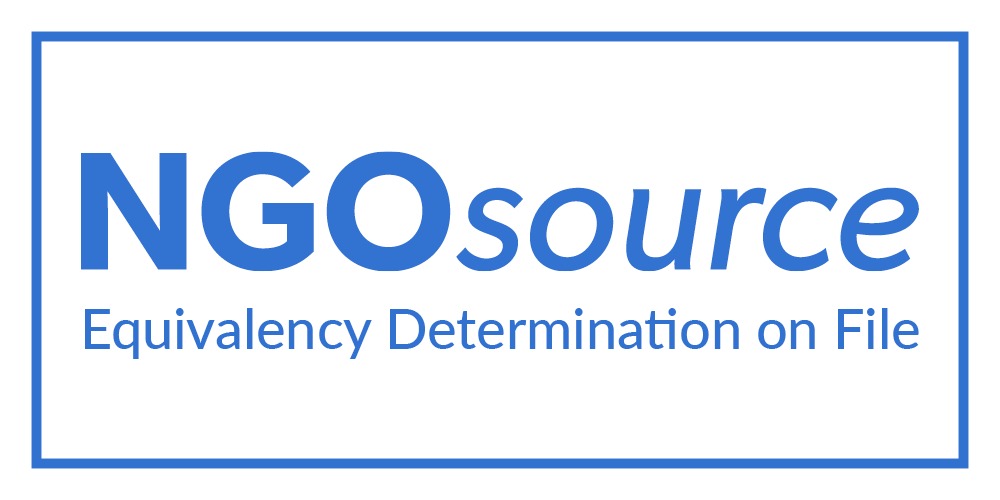Jakarta, 22 September 2025 – The government, through the Ministry of Forestry, plans to modify the boundary of the Tropical Rainforest Heritage of Sumatra (TRHS) via UNESCO, in order to build a 5 GW Geothermal Power Plant (PLTP) in Suoh and Sekincau, West Lampung. This move marks a major setback in tropical forest conservation efforts and undermines Indonesia’s environmental diplomacy reputation, particularly in the lead-up to COP30 in Brazil.
UNESCO World Heritage Potential
The 2.5 million-hectare TRHS encompasses Gunung Leuser National Park, Kerinci Seblat National Park, and Bukit Barisan Selatan National Park. It represents one of the largest remaining strongholds for long-term biodiversity conservation in Sumatra, home to thousands of unique and endangered species. Within the area are around 10,000 plant species (17 endemic), more than 200 mammals, and 580 bird species (465 resident, 21 endemic). Several mammals, such as the Sumatran orangutan, are found nowhere else on Earth, making TRHS a crucial site for understanding the island’s biogeographic evolution.
UNESCO designated Sumatra’s tropical rainforest as a World Heritage Site in 2004. Ironically, by 2011 TRHS was placed on the List of World Heritage in Danger, where it remains today, due to threats such as deforestation, road construction, mining, and geothermal development. The proposed land conversion for geothermal infrastructure will only exacerbate already alarming deforestation trends.
According to Global Forest Watch, between 2002 and 2024 Indonesia lost 10.7 million hectares of primary forest, with Sumatra ranked as the fourth largest contributor to national forest loss. Positioning a conservation area as a site for geothermal projects is akin to resolving one crisis while igniting another ecological disaster.
Ecological Disaster Disguised as Green
The risks of geothermal development are far from theoretical. Sorik Marapi stands as a grim reminder of the dangers of hydrogen sulfide (H₂S), where five people died and hundreds were hospitalized from poisoning. Farmers in Dieng saw their crop yields decline due to wastewater pollution and drought, alongside deteriorating water quality, foul odors, and relentless noise pollution. Similar incidents occurred in Mataloko, Ulumbu, and other sites.
Globally, geothermal risks are also evident. In Pohang, South Korea, geothermal exploration was linked to an induced earthquake—an alarming precedent given Indonesia’s location along the Ring of Fire, where seismic risks are already high.
Economic benefits are also overstated. A 2025 CELIOS study on the Ijen geothermal project found that it absorbed only 0.85% of the local workforce, despite a large productive population nearby. Environmental degradation has further reduced household incomes. CELIOS also calculated that the Ulumbu geothermal project in East Nusa Tenggara risks lowering the province’s GDP by IDR 368 billion, largely due to agricultural productivity losses. Agriculture is likewise the backbone of livelihoods in Suoh and Sekincau, West Lampung, making such projects a direct threat to community welfare.
Geothermal is a Mining Regime, Not Renewable Energy
A key challenge for Indonesia in convincing UNESCO lies in classification. UNESCO categorizes geothermal as a mining activity, which is prohibited in World Heritage areas. The Indonesian government, however, rebrands it as “environmental services.”
Prior to 2014, geothermal was also legally classified as mining in Indonesia, until Law No. 27/2003 was revoked and replaced with Law No. 21/2014—passed in tandem with World Bank support for geothermal development. In countries such as the United States and the Philippines, geothermal remains regulated under mining law. In New Zealand, Iceland, and Japan, geothermal has its own regulatory framework, but concession and operational permits are restricted, and certainly not allowed in World Heritage forests.
Implications for Indonesia’s Climate Diplomacy under Prabowo
Altering World Heritage boundaries for extractive projects like geothermal in TRHS not only threatens ecosystems and local communities but also risks damaging Indonesia’s standing in global diplomacy. Indonesia has long projected itself as a leader in climate and biodiversity negotiations. Yet this move would be seen as a form of greenwashing, exposing inconsistency and undermining credibility on the international stage.
Instead of reinforcing its Paris Agreement commitments and the FOLU Net Sink 2030 target ahead of COP30 in Belém, Brazil, Indonesia risks showing that investment interests take precedence over environmental protection. This could weaken international trust, reduce bargaining power in climate finance negotiations, and jeopardize partnerships in sustainable energy cooperation.


